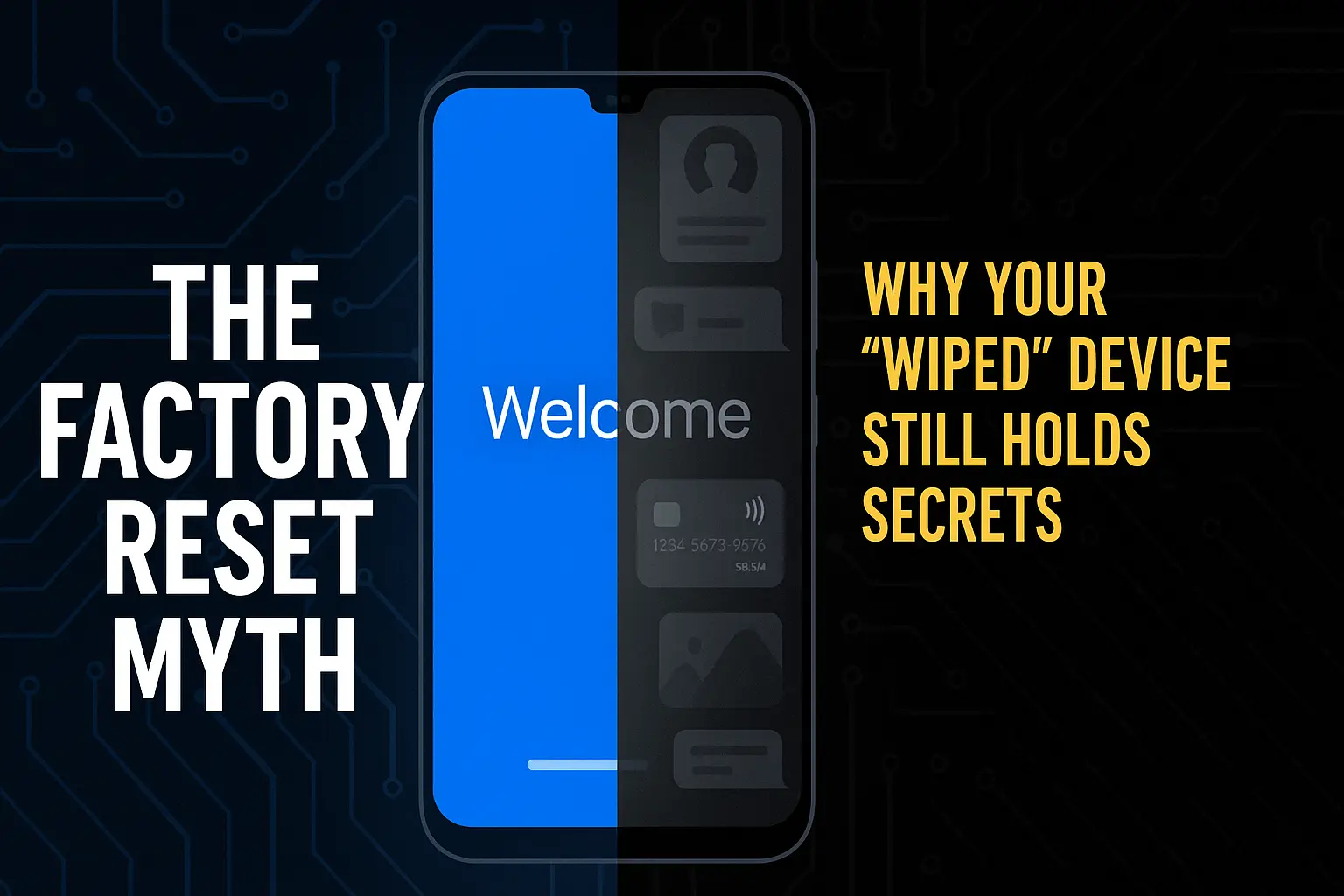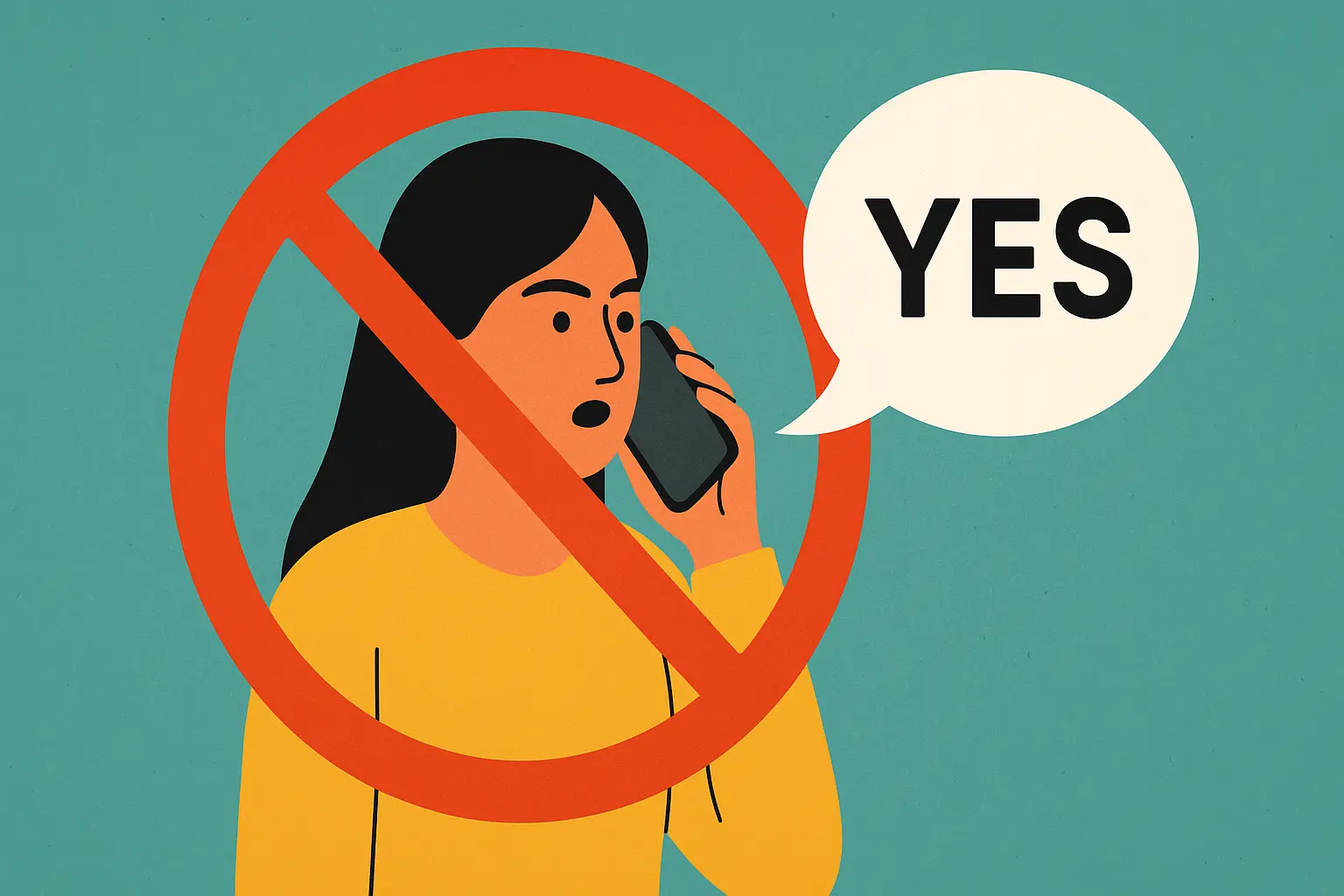In today’s interconnected world, our smartphones are extensions of ourselves holding personal photos, sensitive messages, financial information, and more. But what if someone else had access to all of that without your knowledge? The unsettling reality is that remote access to smartphones is not just a plot in spy movies; it’s a genuine threat that has become increasingly prevalent.
This comprehensive guide will help you understand how remote access works, recognize the signs that your phone may be compromised, and take actionable steps to protect your privacy.
Understanding Remote Access: What Does It Mean?
Remote access refers to the ability of an unauthorized individual to control or monitor your smartphone from another location. This can include viewing your screen, accessing files, listening to conversations, tracking your location, and even manipulating your device’s functions.
Such access is typically achieved through:
- Spyware or surveillance apps: Malicious software installed on your device, often disguised as legitimate applications.
- Remote Access Trojans (RATs): Malware that provides hackers with full control over your device.
- Abuse of legitimate remote support tools: Applications designed for remote assistance can be misused for unauthorized access.
- Exploitation of system vulnerabilities: Hackers exploit security flaws in your device’s operating system or applications.
Recent Developments: How Remote Access Threats Are Evolving
In 2025, the methods used by cybercriminals to gain remote access to smartphones have become more sophisticated:
- AirPlay Vulnerabilities: Security researchers discovered flaws in Apple’s AirPlay protocol that could allow attackers on the same network to take control of AirPlay-enabled devices and spread malware across connected devices.
- Spyware Distribution via Android Apps: Investigations revealed that certain companies have been distributing spyware through Android applications for years, enabling unauthorized access to personal data, chats, and even control over device functions.
- Advanced Spy Apps: Applications like uMobix and SpyX offer real-time monitoring of various activities on a target device, including social media, messages, and phone usage, blurring the lines between parental control and invasive surveillance.
Signs Your Phone May Be Remotely Controlled
Recognizing the signs of unauthorized remote access is crucial. Be alert to the following indicators:
1. Unusual Battery Drain
If your phone’s battery depletes rapidly without heavy usage, it could be due to background processes initiated by spyware or remote access tools.
2. Overheating
A device that becomes warm even when idle may be running hidden applications or processes associated with remote access.
3. Unexpected Data Usage
A sudden spike in data consumption could indicate that your phone is transmitting information to an external source without your consent.
4. Strange Behavior
Apps opening on their own, settings changing without input, or the device acting erratically are red flags of potential remote control.
5. Unfamiliar Applications
Discovering apps you did not install, especially those requesting extensive permissions, is a cause for concern.
6. Delayed Shutdown or Restart
If your phone takes longer than usual to shut down or restart, it might be due to unauthorized processes running in the background.
How to Check for Remote Access
Taking proactive steps can help you determine if your phone is compromised:
Review App Permissions
- Android: Navigate to Settings > Privacy > Permission Manager and examine which apps have access to sensitive features like the camera, microphone, and location.
- iOS: Go to Settings > Privacy & Security to review app permissions and adjust them as necessary.
Install Security Applications
Utilize reputable security apps to scan for malware and unauthorized access:
- Anti Spy Detector: Detects and removes spyware from your Android device. Android Apps on Google PlayTech Wonders
- Malwarebytes Mobile Security: Offers comprehensive protection against malware, ransomware, and spyware.
Monitor Data Usage
Keep an eye on your data usage patterns. Unexplained increases may indicate that your device is sending data to an external source.
Check for Unfamiliar Apps
Regularly review your installed applications. If you find any that you do not recognize or remember installing, investigate them further or consider removing them.
Steps to Secure Your Phone
If you suspect your phone is being remotely controlled, take the following actions:
1. Disconnect from the Internet
Disable Wi-Fi and mobile data to prevent further unauthorized access.
2. Enable Airplane Mode
This stops all wireless communications, including Bluetooth and cellular connections.
3. Uninstall Suspicious Apps
Remove any applications that you did not install or that seem suspicious.
4. Update Your Operating System
Ensure your device’s operating system is up to date, as updates often include security patches for known vulnerabilities.
5. Perform a Factory Reset
As a last resort, back up your essential data and perform a factory reset to remove any persistent malware or unauthorized access tools.
Preventative Measures
To safeguard your device against future threats:
- Download Apps from Official Sources: Only install applications from trusted sources like the Google Play Store or Apple App Store.
- Be Cautious with Permissions: Grant apps only the permissions they need to function. Be wary of apps requesting access to sensitive features without a clear reason.
- Use Strong Passwords and Enable Two-Factor Authentication: Secure your accounts and device with robust passwords and additional authentication methods.
- Regularly Monitor Your Device: Stay vigilant by routinely checking for unusual behavior or unfamiliar applications.
Conclusion
The possibility of someone remotely controlling your phone is a serious concern in our digitally connected age. By staying informed about the latest threats and taking proactive measures, you can protect your personal information and maintain control over your device.
Remember, vigilance and prompt action are your best defenses against unauthorized remote access.



